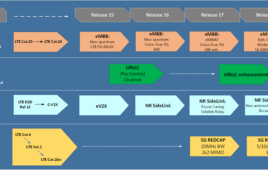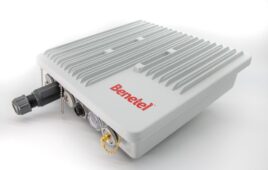Motorola’s Droid carries a $187.75 bill of materials (BOM) and manufacturing cost, according to a dissection conducted by iSuppli’s Teardown Analysis Service.
iSuppli says the Droid contains $179.11 worth of electronic components and costs $8.64 to manufacture. That compares to a preliminary teardown that put the bill of materials for the Google Nexus One at $174.15. The Apple iPhone 3GS 16 Gbyte version carries a BOM and manufacturing cost of $178.96, according to iSuppli.
Like the Nexus One, the cost estimate on the Droid consists of only component and manufacturing costs and doesn’t take into consideration other expenses such as software and royalties.
A major differentiating feature between the Droid and the iPhone is the inclusion of a microSD slot for adding additional NAND flash memory to store user data and content, such as apps and video and audio files. The Droid comes bundled with a removable microSD card that contains 16 Gbytes of NAND flash memory, the same density embedded inside the high-end model of the iPhone 3G S. At $35, the microSD card is the Droid’s most expensive single component.
The Droid’s LCD display, at $17.75, is the most expensive component integrated within the enclosure of the device, according to iSuppli. The core semiconductor in the Droid is the $14.04 baseband processor/radio frequency chip supplied by Qualcomm. The chip supports the CDMA2000 1X and EV-DO air standards, GPS and tri-band 800 MHz/1900 MHz/AWS (1700/2100 MHz) frequencies.
Mobile apps tracker Flurry estimates 20,000 Nexus One units were sold in the first week, while Droid sales in its first week were an estimated 250,000. The firm estimates myTouch 3G sales tallied 60,000 in its first week.




